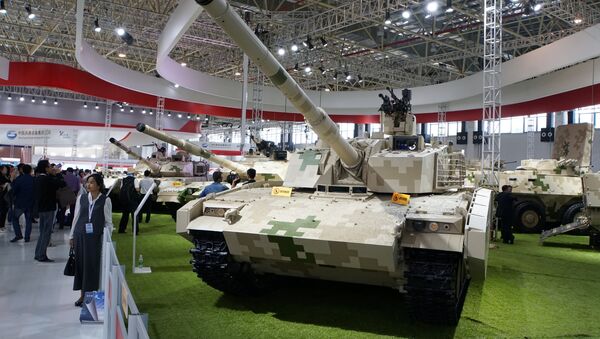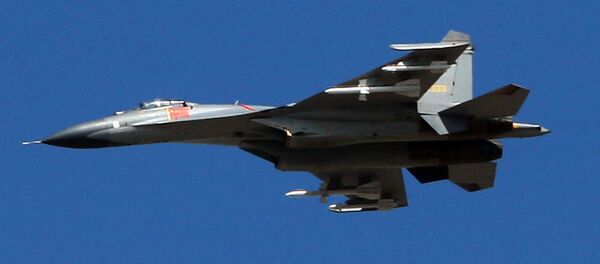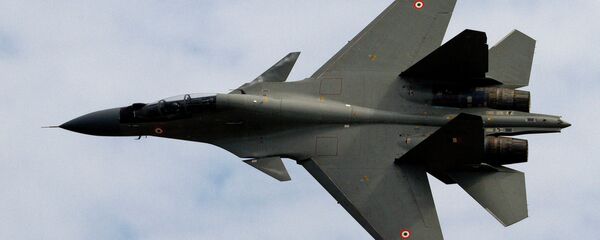The data shows that the volume of major weapons transfers during 2012–16 increased by 8.4 percent compared to 2007–11, and was the highest volume of arms transfers during any five-year period since 1990.
The biggest importers were in Asia and Oceania and the Middle East, which accounted for 43 percent and 29 percent of all arms imports, respectively.
According to the SIPRI figures, in 2012-16 the US was the world's biggest exporter (33 percent), followed by Russia (23 percent). China was the third biggest exporter, its exports increasing by a massive 74 percent in comparison with the five years previously.
"The SIPRI's methods of collecting and processing information doesn't always take into account important components of modern military-technical co-operation such as technology transfer, joint development of military equipment and so on. Since these forms of co-operation play an important role within the EU and NATO, creating a huge cash flow in the joint development and production of weapons systems, the share of EU countries and the US is sometimes undervalued as a result," Kashin explained.
"For example, according to officially published data, in 2015 France was in second place in terms of arms exports, and exported more weapons than China or Russia – $17 billion. The previous year France took third place, behind Russia but surpassing China."
"At the same time, problems with methodology may call into question the theory that China is reducing its dependence on imports of military goods and services, in particular from Russia. Right now we know that these imports have been increasing in recent years, deliveries in 2016 exceeded $3 billion, and there is $8 billion of contracts to be executed."
The changing nature of defense technology, including smaller components and more paid services like consultative work means that a lot of defense co-operation may not be included in the figures.
"Most of this trade does not concern goods, but services related to the development of specific models of equipment, their testing, consultative assistance, as well as repair and modernization of already supplied equipment. In general, less finished products and more small components are being delivered. In this case, only the largest and most expensive of them might be noticeable in the SIPRI database, such as aircraft engines."
"As China transitions to the active foreign policy of a great world power, its export of arms and military technology will turn increasingly into a foreign policy tool, losing its economic significance. It is likely that with the strengthening of China's influence in the world, we will see major new supplies of Chinese weapons and technology, particularly in regions such as the Middle East and Africa," Kashin said.





